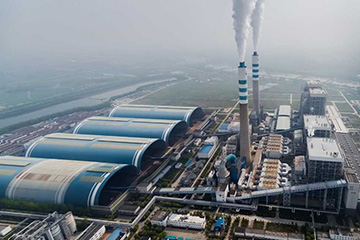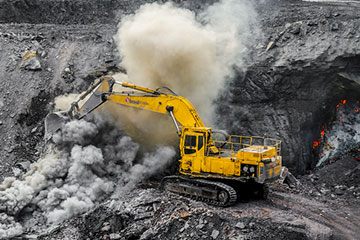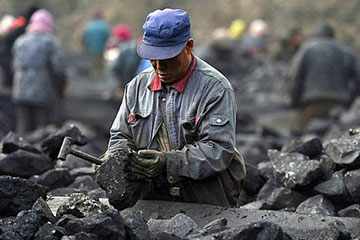Contáctenos ahora para una solicitudinfo@ckic.net
- Productos
- Calorímetro
- Analizador Elementales
- 5E-XRF2500 Espectrómetro EDXRFNuevo!
- 5E Series C/H/N Analizador Elementales
- 5E-TCN2200 Analizador de Nitrógeno / Proteína
- 5E Series Analizador Flúor /Cloro
- 5E-HGT2321 Analizador Directo de Mercurio
- 5E-IRS3600 Analizador Automático infrarrojo de Azufre
- 5E-IRSII Analizador infrarrojo de Azufre
- 5E-AS3200B Analilador automático de Azufre de Culombio
- 5E-S3200 Analizador de Azufre de Culombio
- Analizador Termogravimétrico - Analizador Próximo
- 5E-MAG6700 Analizador Termogravimétrico - Analizador Próximo
- 5E-MAC6710 Analizador Termogravimétrico - Analizador Próximo
- 5E-MACIV Analizador Termogravimétrico - Analizador Próximo
- 5E-MVC6700 Analizador Automático de Material Volátil
- 5E-MW Analizador Automático del Humedad
- 5E Series Horno Mufla
- 5E-MIN6150 Mini Horno de Humedad
- 5E Series Horno de Secado
- Determinador de Fusión de Ceniza
- Coquizable carbón Indices Determinador
- Probador de indice de molienda HGI
- Equipos de preparación de Muestras
- 5E-APS Sistema automátizado de. Preparación de Muestras
- 5E-HCB Series Trituradora de Martillo
- 5E-HCA400×260 Trituradora de Martilol para Carbón Húmedo
- 5E-JCA Series Trituradora de Mandibula
- 5E-DCA250×150 Trituradora de Doble Rodillo
- 5E Series Puivearizador
- 5E Series Drvisor de Muestras
- 5E-SSB200 Tamizadora Analítica
- 5E Series Hemamientasl
- Sistema Muestreador
- Sistema de Gestión
- Analizador Online
- Sistema de Laboratorio Inteligente Robotico
- Piezas de repuesto
- Aplicación
- Novedades
- Soporte
- Compañía
- contacto






